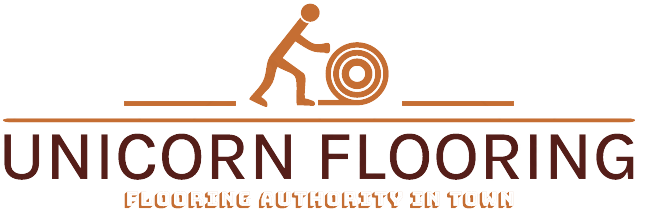Packaging Area Flooring in Pakistan
In any production or manufacturing facility, the packaging area plays a critical role. It’s where finished goods are inspected, sealed, labeled, and prepared for shipment — often under tight timelines and with strict hygiene or safety standards. The flooring in this space must therefore be engineered for durability, cleanliness, slip resistance, and chemical protection.
Whether you’re packaging food, pharmaceuticals, beverages, electronics, or consumer goods, the right flooring solution directly affects productivity, safety, and long-term costs. In this comprehensive guide, we’ll explore everything you need to know about packaging area flooring in Pakistan — from types and technical requirements to installation and maintenance best practices.
Why Flooring Quality Matters in Packaging Areas?
The packaging section is one of the busiest parts of any manufacturing line. Workers, pallet jacks, forklifts, and conveyor belts are in constant motion. Liquids may spill, adhesives may drip, and dust or debris may accumulate. Because of this, the floor needs to be:
→ Tough enough to handle traffic and impact
→ Seamless and easy to clean
→ Resistant to chemicals and moisture
→ Slip-resistant to ensure worker safety
→ Compliant with hygiene and quality standards
A properly designed flooring system improves safety, cleanliness, and efficiency, reduces maintenance downtime, and extends the overall life of your facility.
Common Problems in Packaging Area Flooring
Without proper flooring, packaging zones often face recurring issues such as:
By addressing these challenges at the design and installation stage, you can prevent costly shutdowns and repairs later.
| Problem | Cause | Prevention / Fix |
|---|---|---|
| Cracking or chipping | Impact from pallets or heavy machinery | Use high-build epoxy or polyurethane systems |
| Surface wear and dusting | Low-grade concrete surface | Apply surface hardeners or resin coatings |
| Slippery surfaces | Wet floors or spillage | Add anti-slip additives or textured topcoats |
| Chemical staining | Spills from cleaning agents, inks, adhesives | Install chemical-resistant flooring systems |
| Delamination | Poor surface preparation or moisture under slab | Proper grinding, priming, and vapor barrier coating |
Key Performance Requirements for Packaging Area Floors
When selecting a flooring system for packaging areas, consider these essential performance factors:
1. Durability & Load Resistance
Forklifts, trolleys, and constant movement demand a surface that can handle abrasion, rolling loads, and impact without cracking.
2. Chemical Resistance
Packaging zones often involve exposure to chemicals like lubricants, cleaning agents, glues, and even solvents. The floor must resist these substances to prevent degradation or staining.
3. Hygiene & Cleanability
Especially for food, pharma, or beverage packaging, hygiene is non-negotiable. Floors should be non-porous, seamless, and easy to clean, preventing bacterial growth and contamination.
4. Slip Resistance
Safety is a top concern. A slip-resistant finish reduces the risk of worker injury in wet or oily conditions.
5. Aesthetics & Demarcation
Bright, clearly marked floors improve workflow, visibility, and organization — helping employees stay within designated safety and production zones.
6. Moisture Tolerance
High humidity and cleaning cycles can cause floor blistering if moisture vapor emission isn’t controlled. Moisture-resistant primers and barriers are crucial.
7. Fast Installation & Downtime Minimization
In fast-moving industries, downtime must be kept minimal. Systems like polyaspartic or MMA resins can cure quickly to allow same-day return to service.
Best Flooring Types for Packaging Areas
Different industries and conditions call for different flooring technologies. Below are the most common options used worldwide (and in Pakistan’s industrial sector):
1. Epoxy Resin Flooring
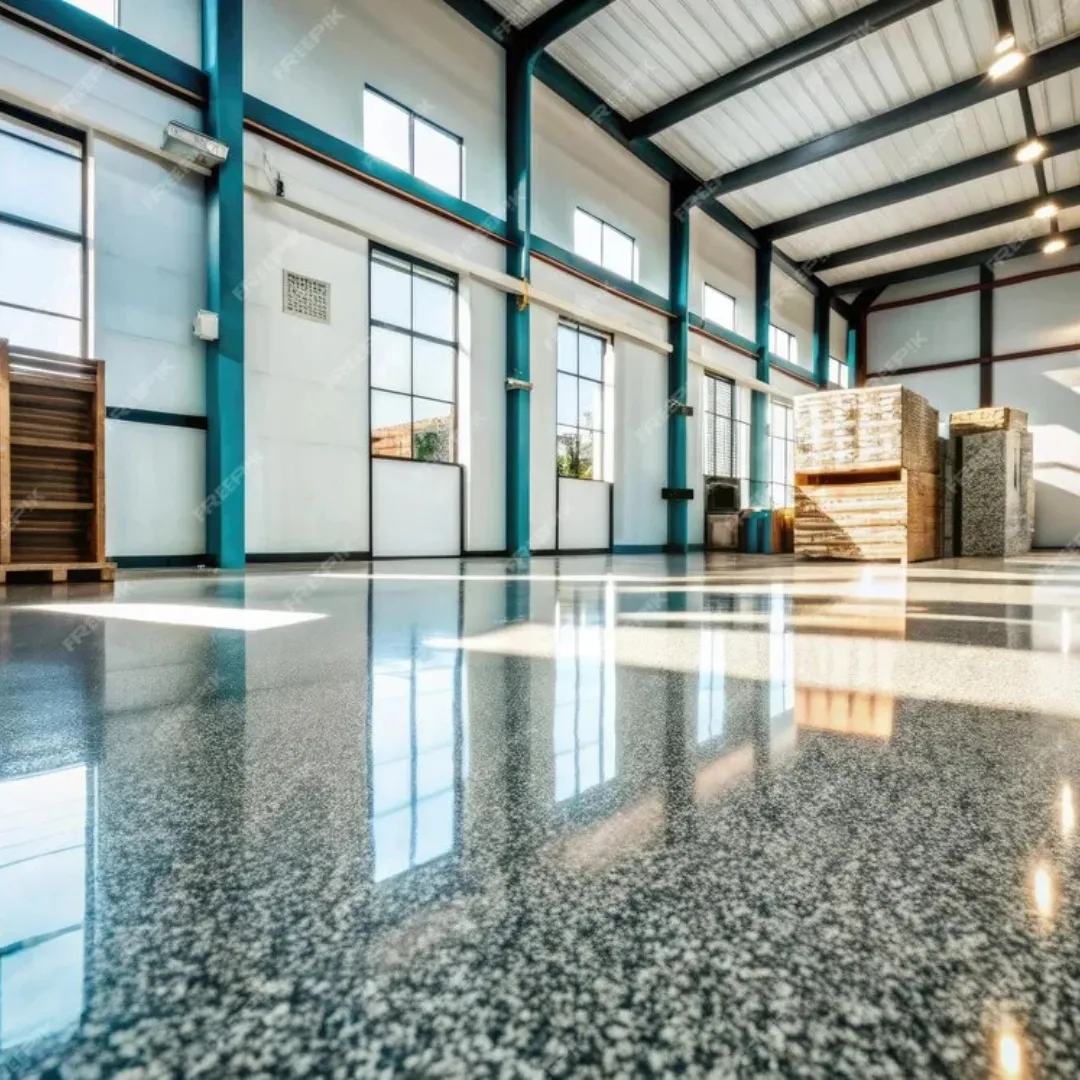
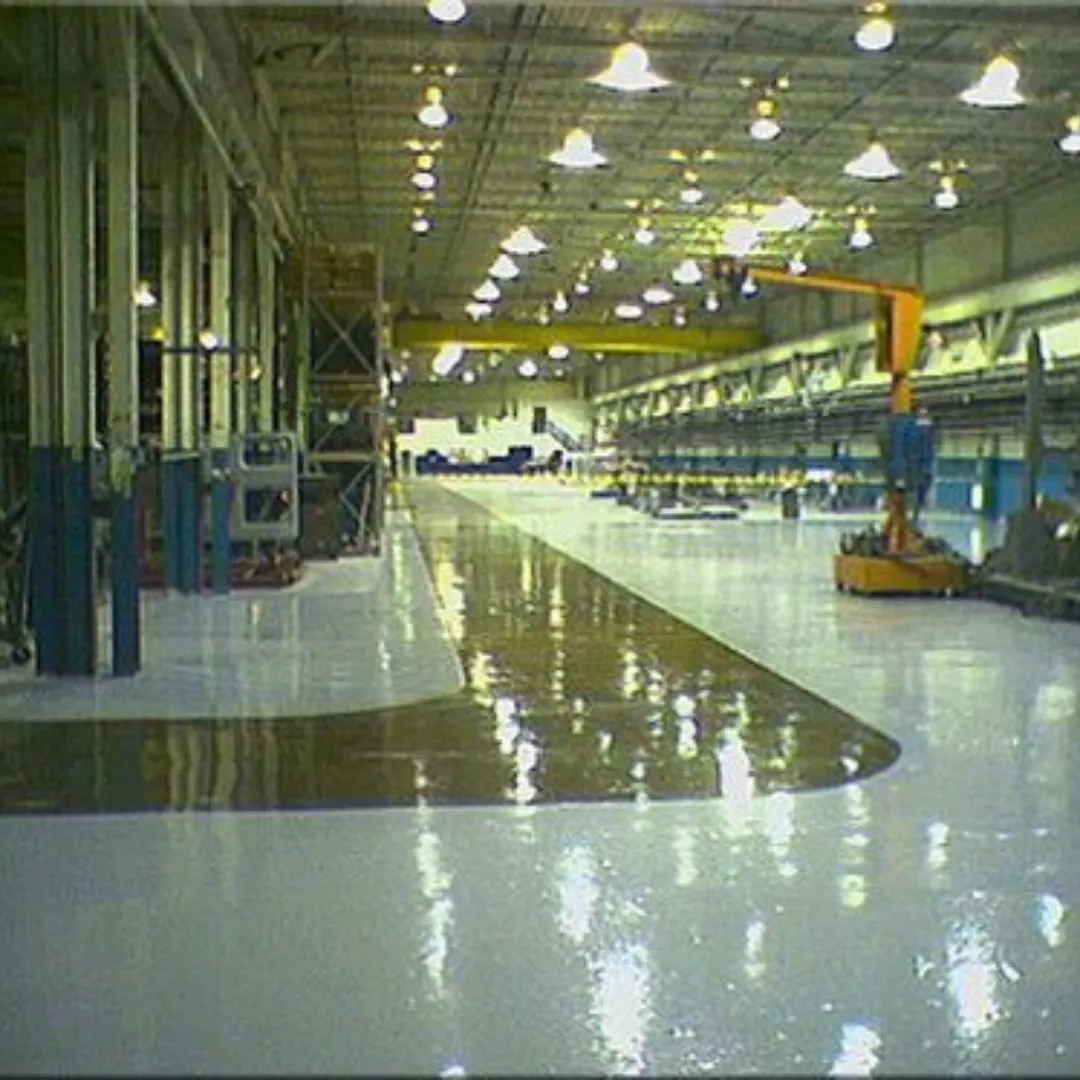
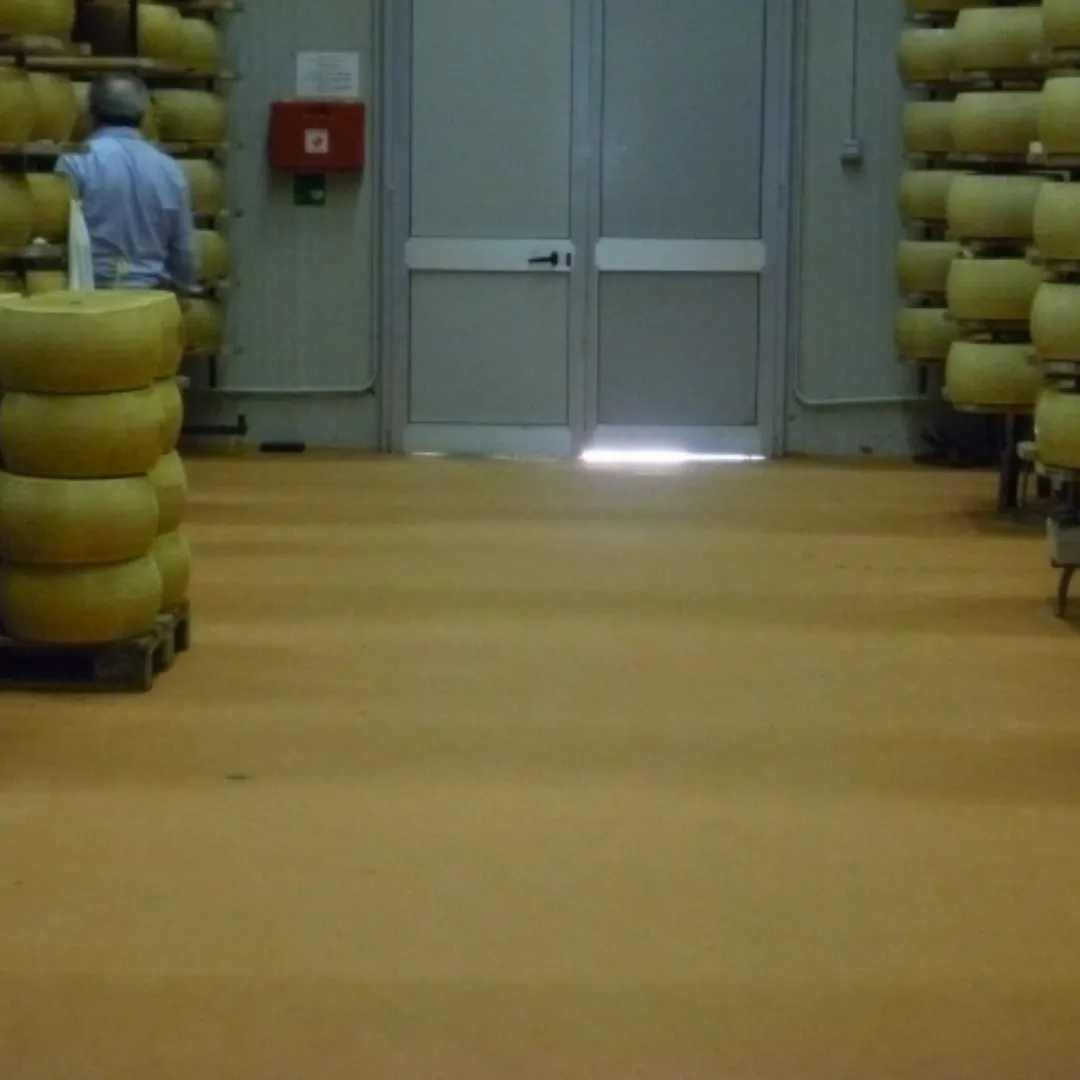
Overview
Epoxy flooring is one of the most widely used options for packaging zones due to its durability, chemical resistance, and seamless finish. It’s made by combining epoxy resin with a hardener to form a tough, bonded surface.
Advantages
→ High strength and wear resistance
→ Easy to clean, seamless, and non-porous
→ Chemical and impact resistant
→ Can be customized in thickness and texture
→ Visually appealing and available in various colors
Ideal for
Food packaging, consumer goods packaging, and general manufacturing.
2. Polyurethane (PU) Flooring
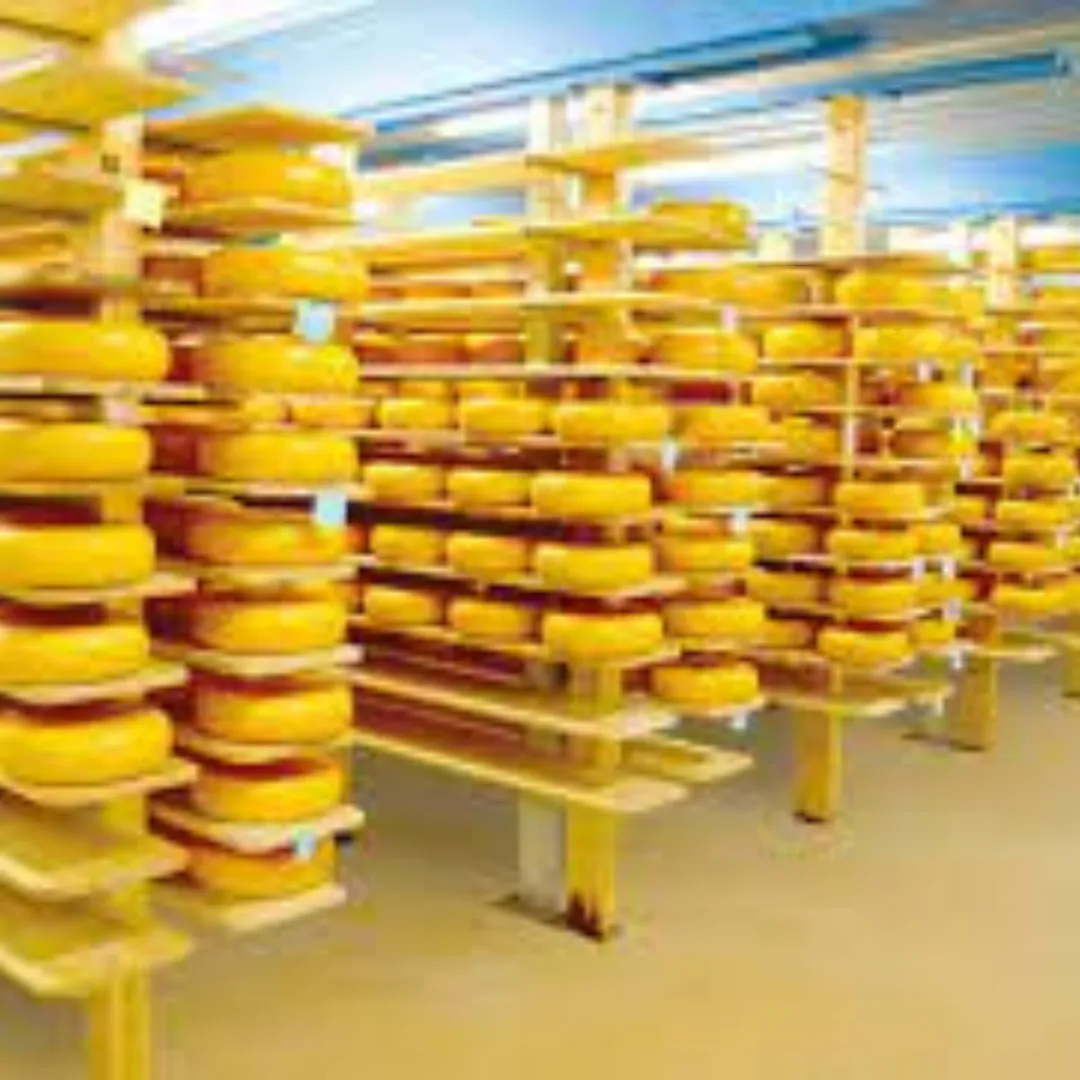
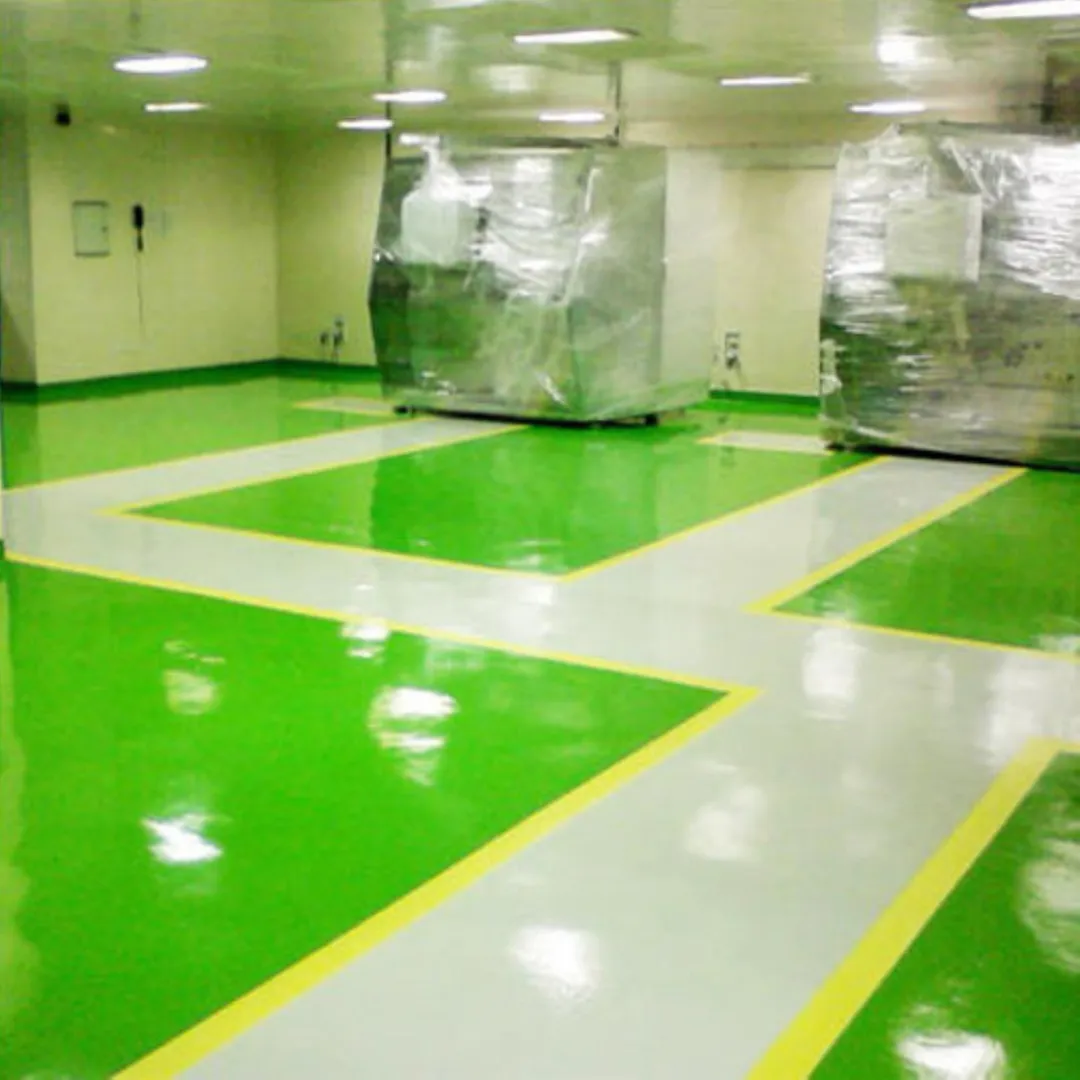
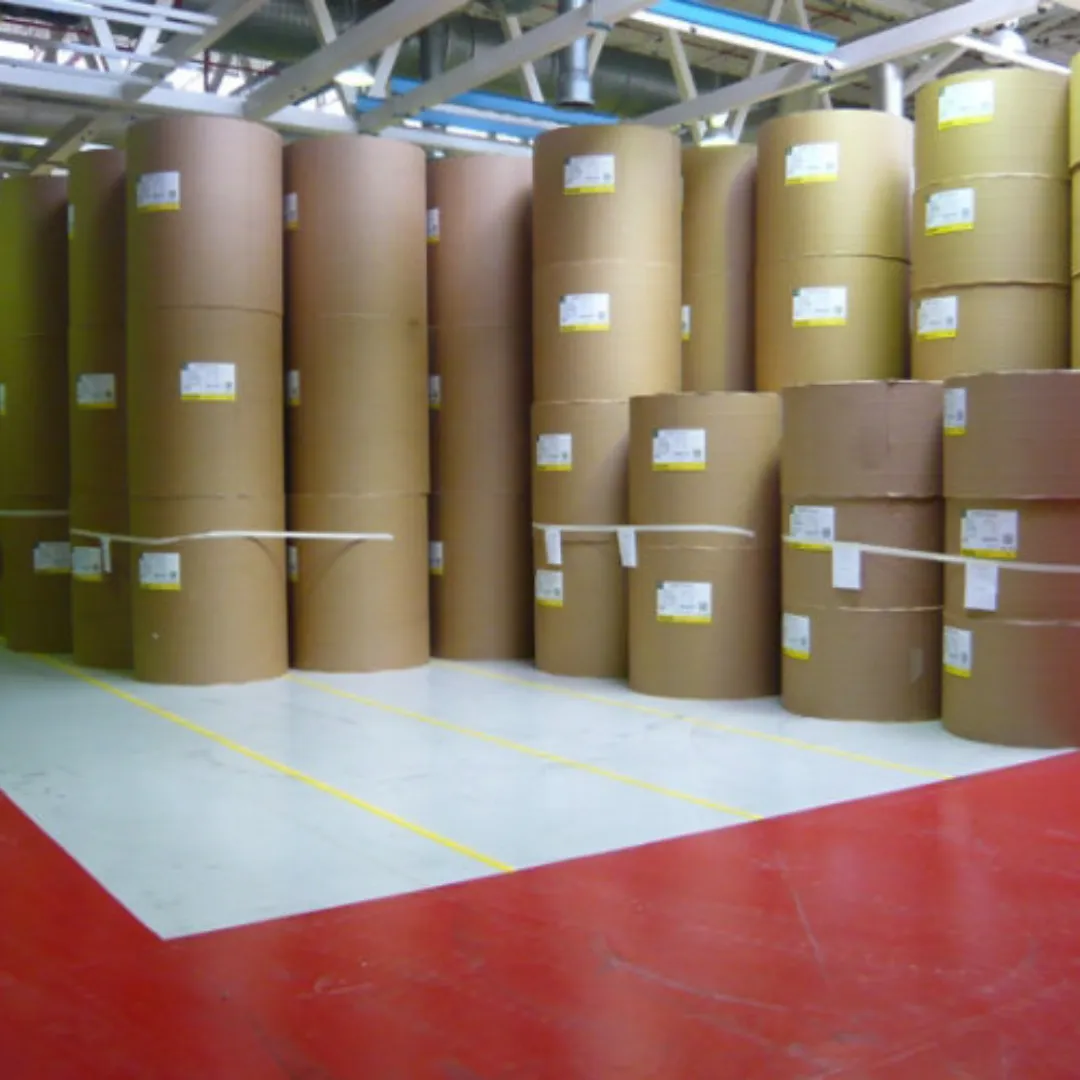
Overview
Polyurethane floors are slightly more flexible than epoxies and handle temperature variations better. They’re also more UV stable and resistant to cleaning chemicals.
Advantages
→ Handles thermal cycling and heavy load areas
→ Excellent abrasion resistance
→ UV resistant — doesn’t yellow easily
→ Slightly elastic, reducing risk of cracking
Ideal for
Beverage packaging, dairy plants, and high-temperature cleaning environments.
3. Urethane Cement (PU-Concrete) Flooring
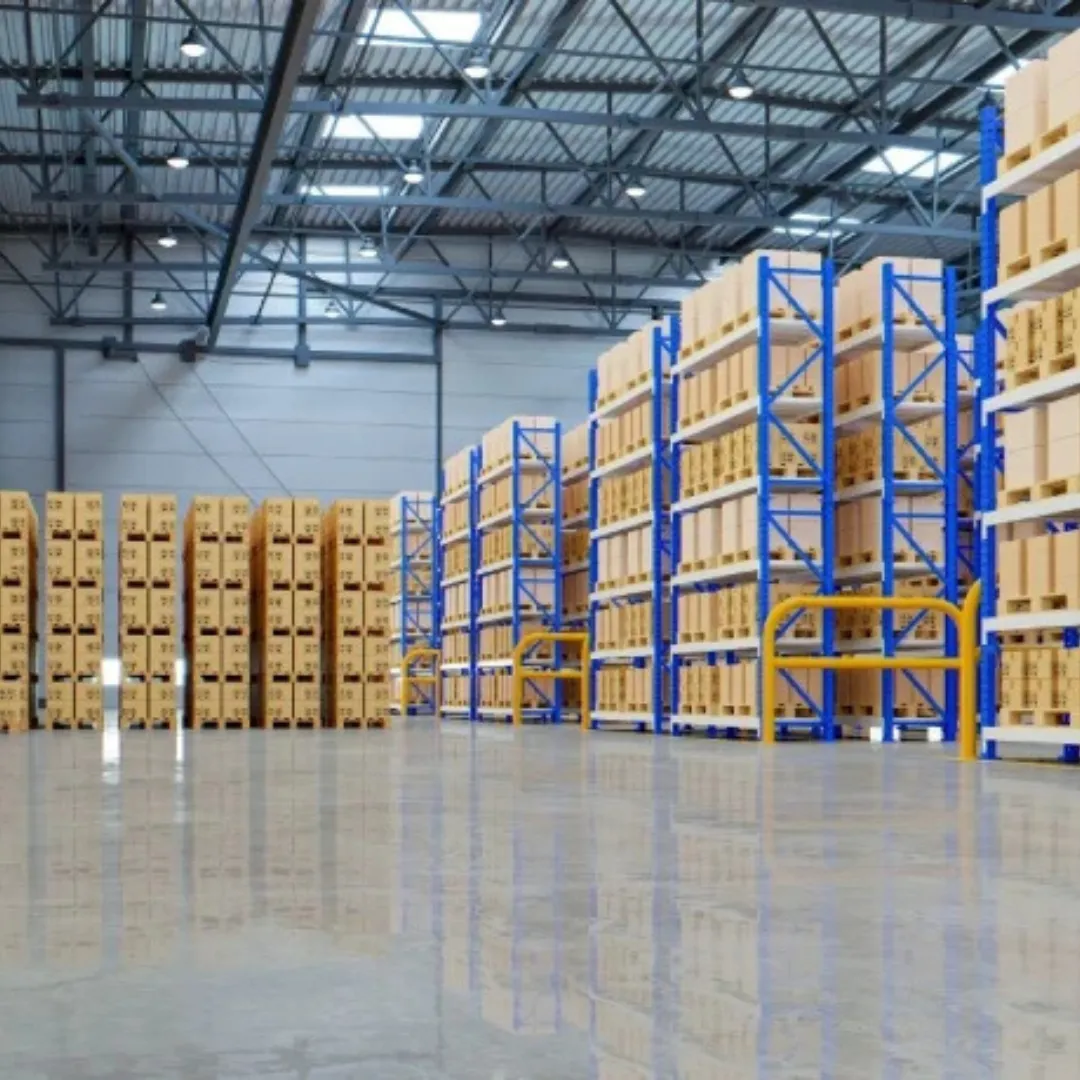
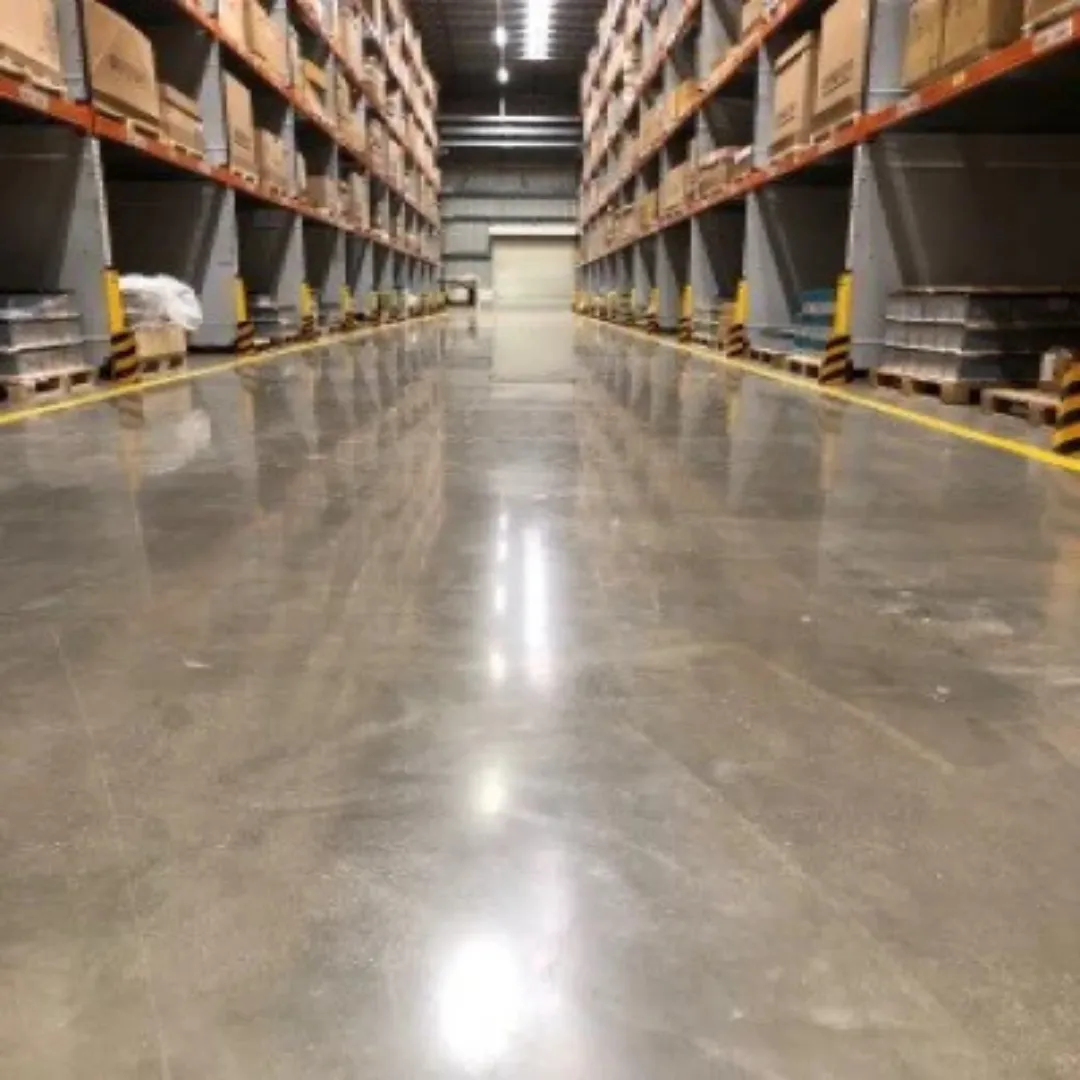
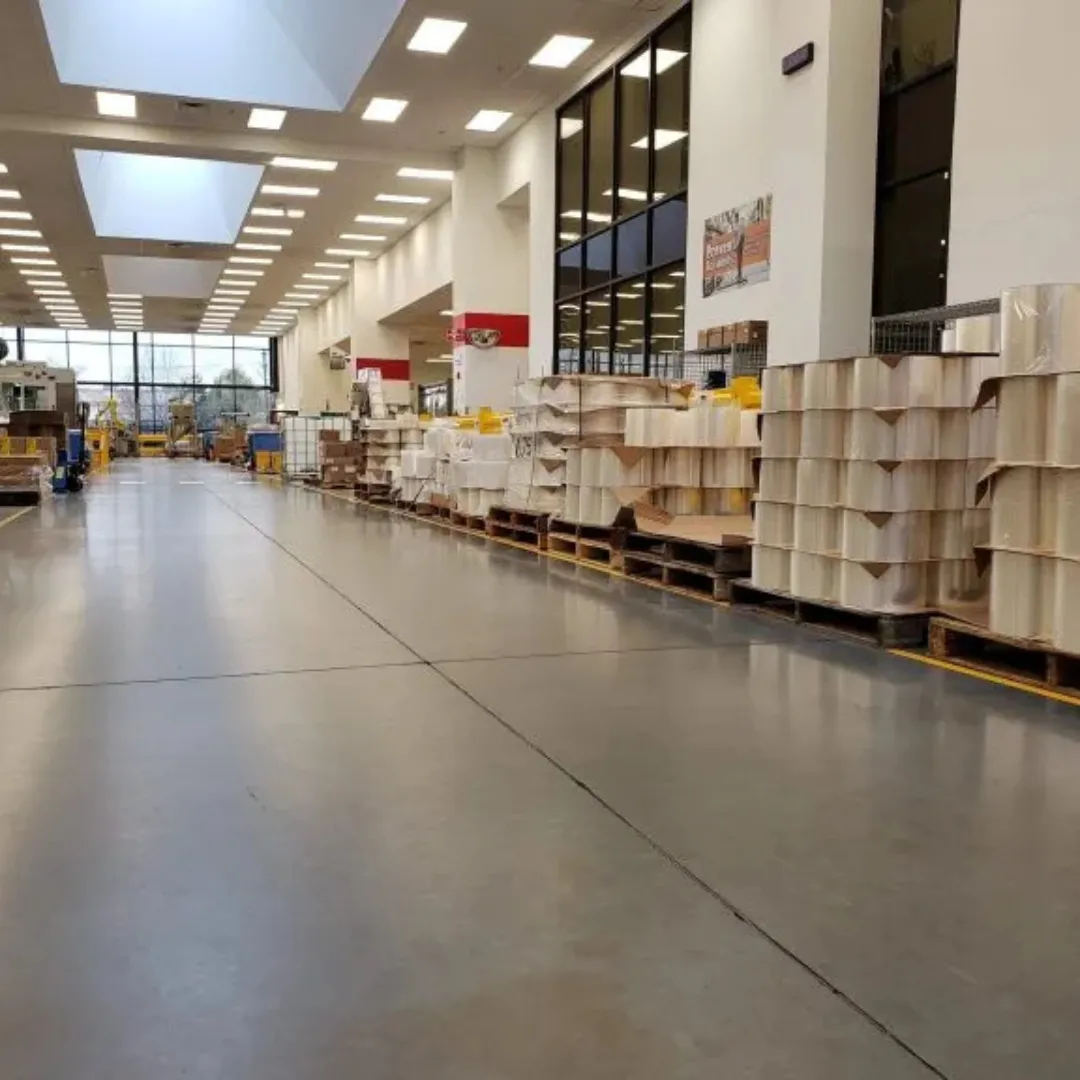
Overview
A hybrid of polyurethane and cement, urethane cement flooring is engineered for extreme durability and chemical resistance. It’s often used where hot water cleaning or chemical spills are frequent.
Advantages
→ Withstands aggressive cleaning and hot water
→ High compressive strength
→ Excellent chemical and thermal resistance
→ Suitable for wet and heavy-load areas
Ideal For
Food processing and packaging plants, pharmaceutical industries.
4. MMA (Methyl Methacrylate) Flooring
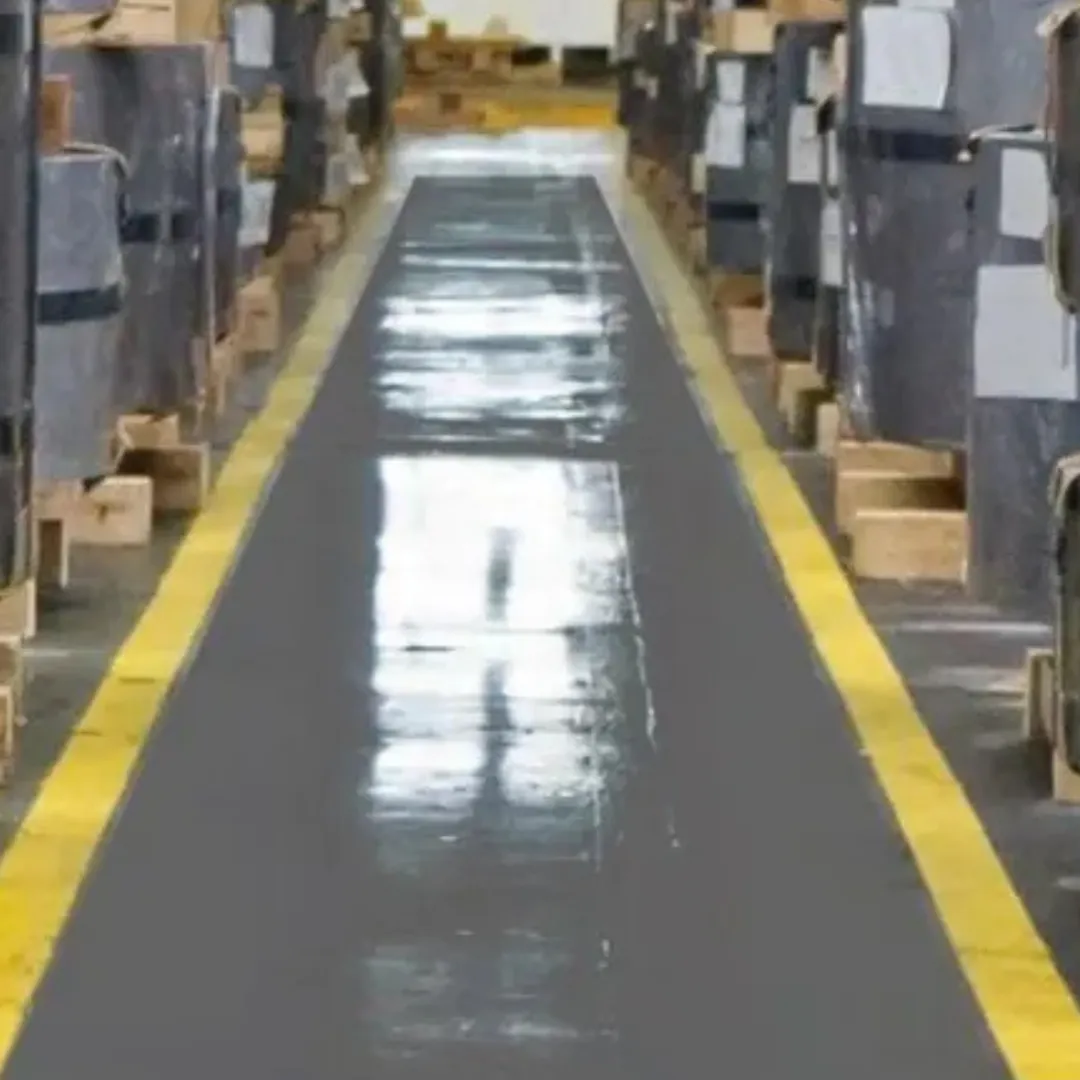
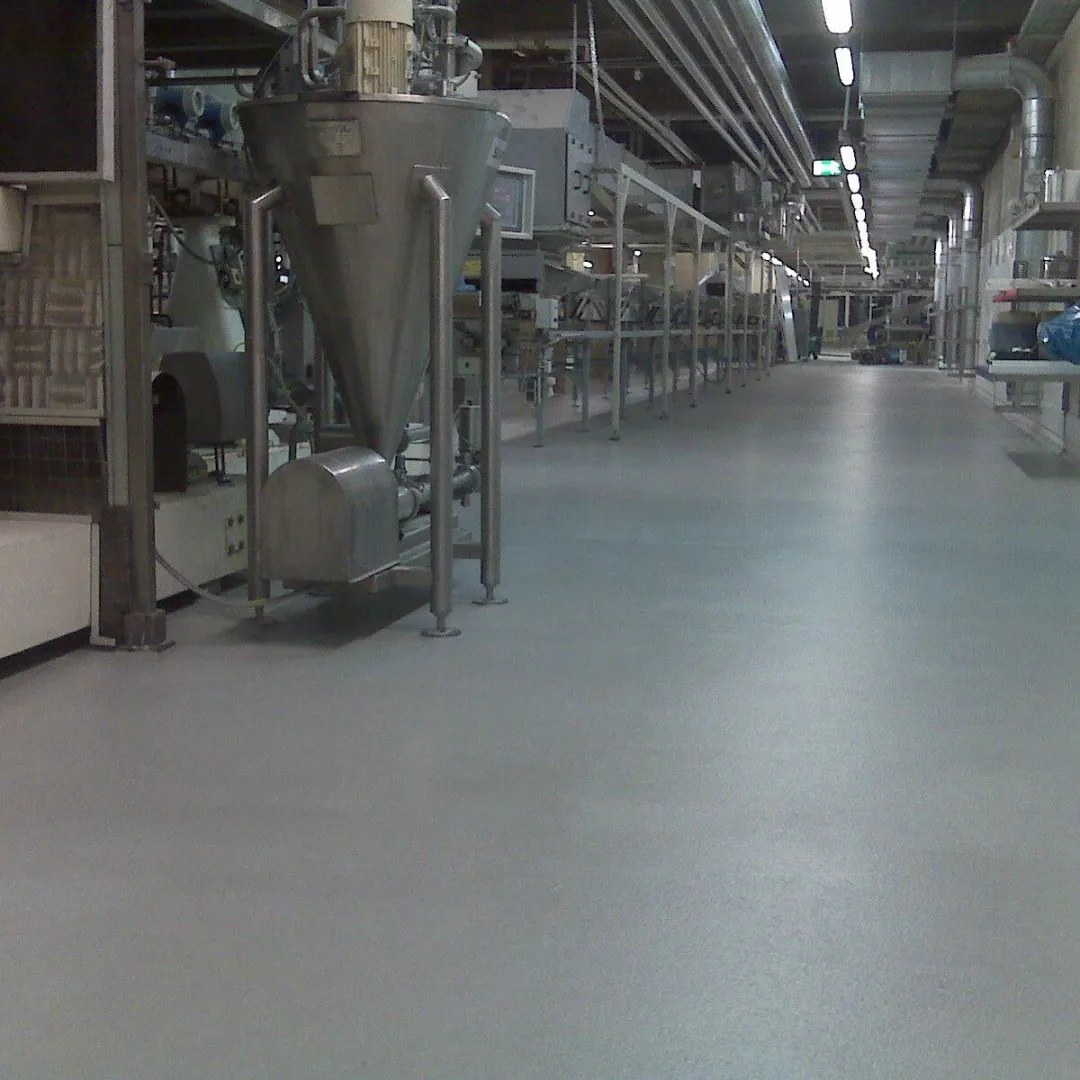
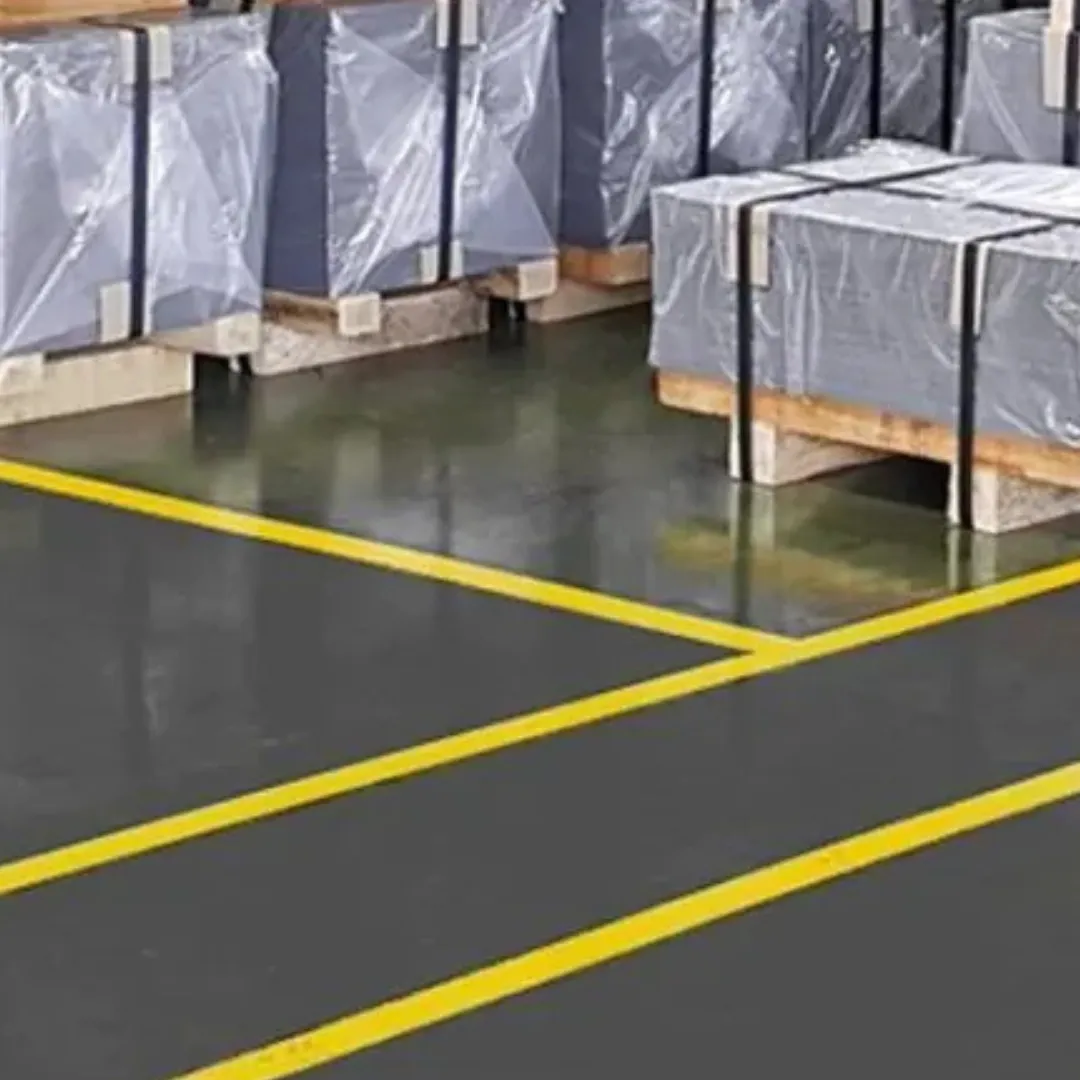
Overview
MMA floors cure rapidly — sometimes in under two hours — making them perfect for facilities that cannot afford prolonged downtime.
Advantages
→ Extremely fast curing and installation
→ Works in low temperatures
→ UV stable and decorative options available
Ideal for
Facilities requiring quick turnaround or 24/7 operations.
5. Anti-Static / ESD Flooring
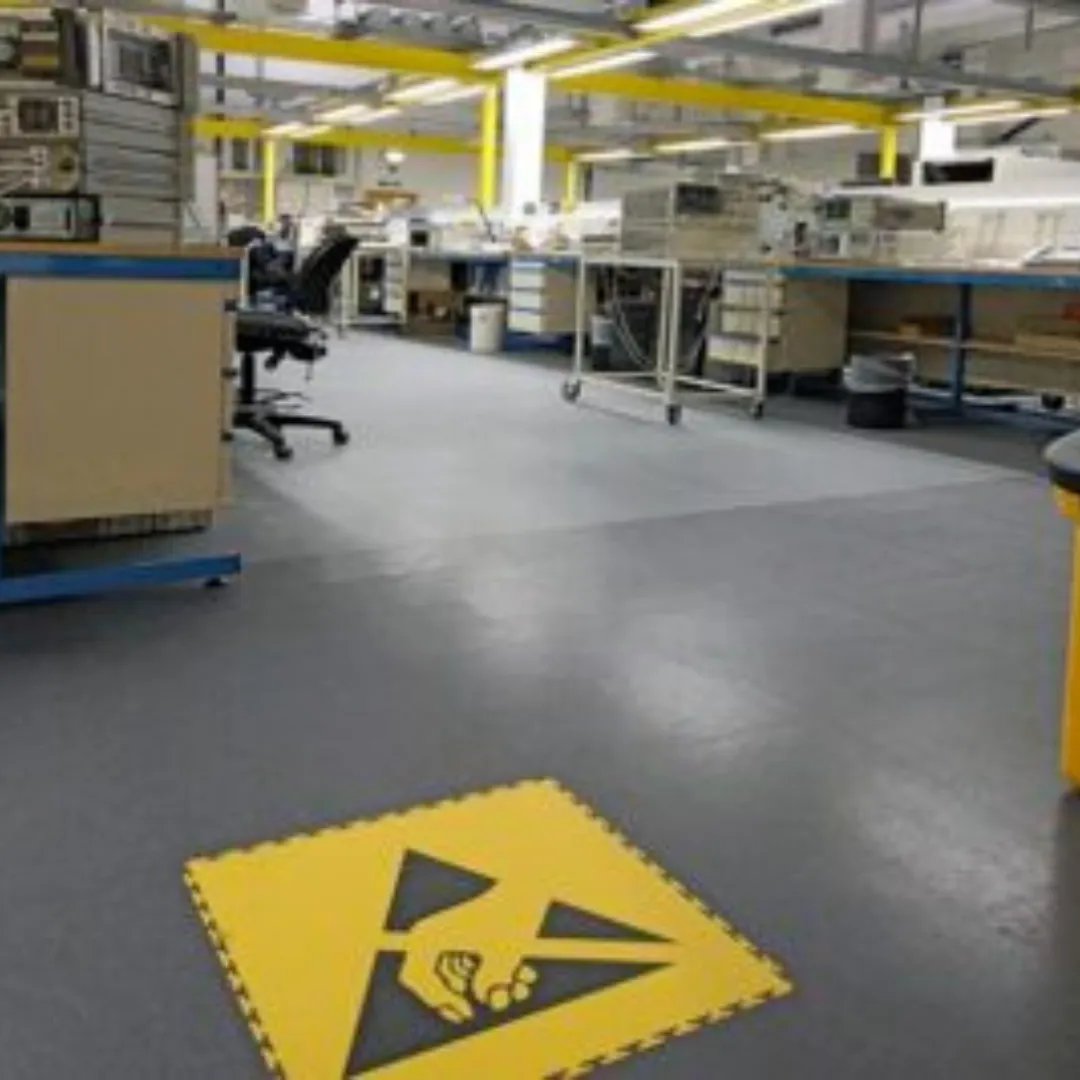
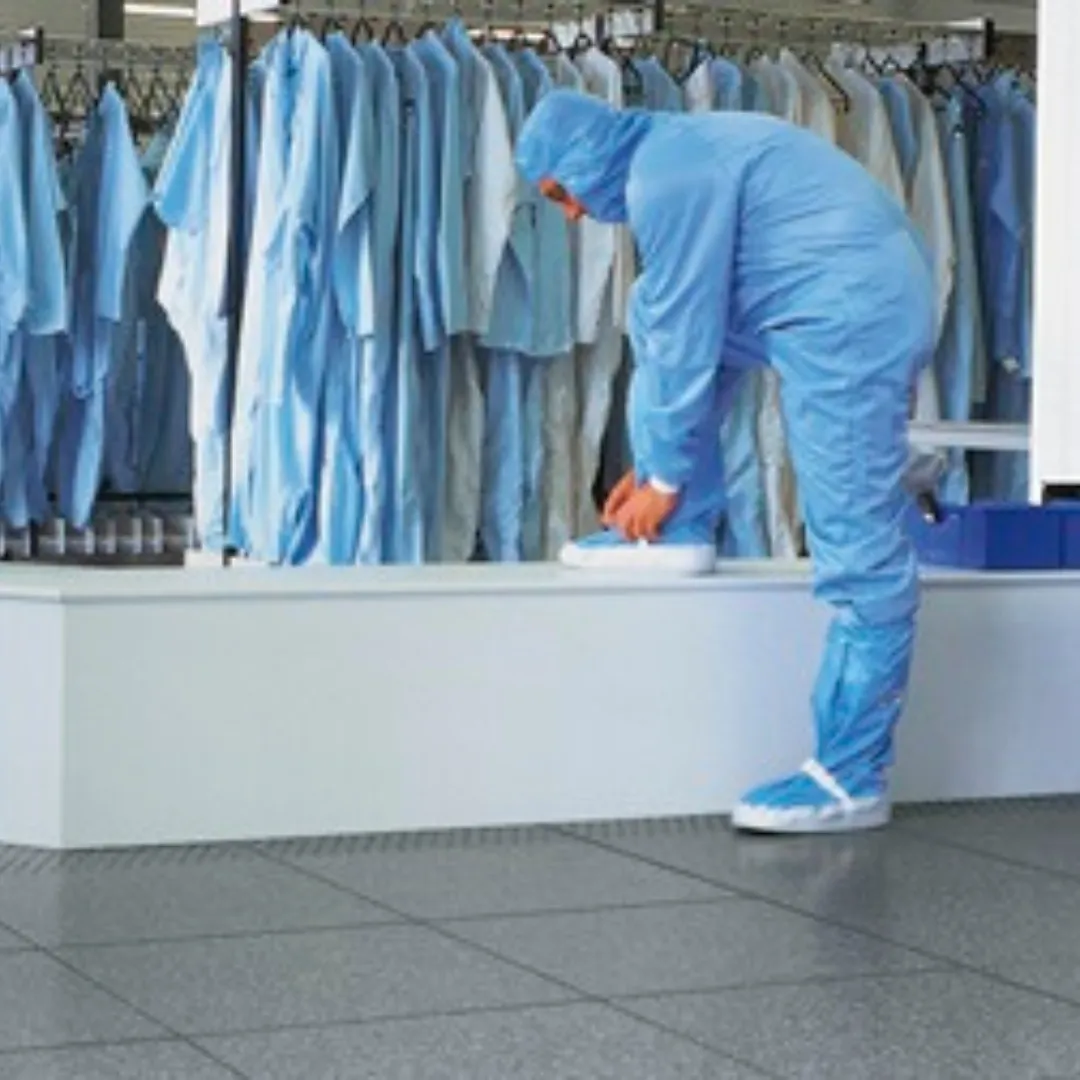
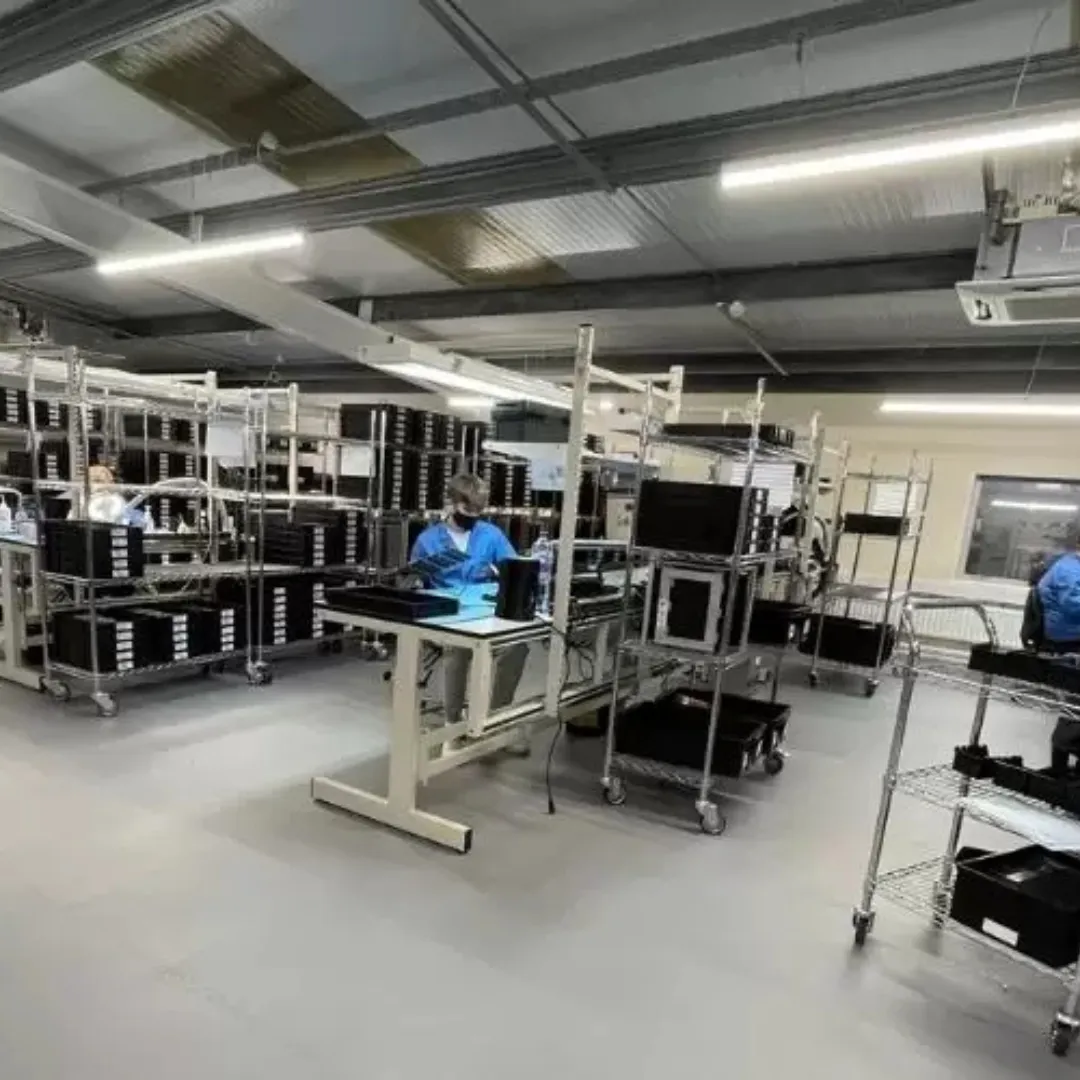
Overview
Where packaging involves electronics or flammable materials, electrostatic discharge (ESD) floors prevent static buildup and discharge.
Advantages
→ Protects sensitive electronic components
→ Reduces fire/explosion risks
→ Seamless and conductive surface options
Ideal for
Electronics, chemical, and pharmaceutical packaging zones.
6. Polished Concrete with Sealers



Overview
For low-budget operations or dry packaging areas, polished concrete can be a cost-effective solution. With densifiers and sealers, it resists dusting and provides moderate durability.
Advantages
→ Economical
→ Easy to maintain
→ Long lifespan with periodic re-sealing
Ideal for
Dry packaging warehouses, logistics centers.
Comparison Table
| Flooring Type | Durability | Chemical Resistance | Slip Resistance | Hygienic Finish | Installation Time |
|---|---|---|---|---|---|
| Epoxy Flooring | ★★★★★ | ★★★★☆ | ★★★★☆ | Yes | Moderate |
| PU Flooring | ★★★★★ | ★★★★★ | ★★★★☆ | Yes | Moderate |
| Urethane Cement | ★★★★★ | ★★★★★ | ★★★★★ | Yes | Longer |
| MMA Flooring | ★★★★☆ | ★★★★☆ | ★★★★☆ | Yes | Fast |
| ESD Flooring | ★★★★☆ | ★★★★☆ | ★★★★☆ | Yes | Moderate |
| Polished Concrete | ★★★☆☆ | ★★☆☆☆ | ★★★☆☆ | Partial | Fast |
Installation Process for Packaging Area Flooring
Proper installation ensures performance and longevity. Here’s the typical process:
Surface Preparation
→ Grinding, shot blasting, or scarifying to remove contaminants.
→ Crack and joint repairs.
→ Moisture testing to ensure dryness.
Priming
→ Apply primer to enhance adhesion and seal pores in the concrete.
Base Layer Application
→ Apply self-leveling epoxy or polyurethane screed to achieve the desired thickness.
Broadcast Layer
→ Quartz or sand broadcast for slip resistance or thickness buildup.
Topcoat Application
→ Apply chemical-resistant or UV-stable topcoat.
→ Add anti-slip aggregate if required.
Curing and Quality Check
→ Allow proper curing before opening to traffic.
→ Test for adhesion, hardness, and finish uniformity.
Maintenance of Packaging Area Floors
Consistent maintenance extends the life of your flooring investment.
→ Regular Cleaning: Use neutral pH detergents. Avoid acidic or abrasive cleaners.
→ Spill Management: Immediately clean chemical or oil spills.
→ Inspection: Monthly checks for cracks, dullness, or peeling.
→ Re-coating: Schedule re-topcoating every few years, depending on traffic.
→ Avoid Heavy Impacts: Use rubber wheels or mats under machinery.
A planned maintenance schedule ensures hygiene compliance and preserves a professional, dust-free environment.
Hygiene and Safety Standards
In food and pharma packaging, flooring plays a key role in maintaining compliance with international hygiene standards such as:
- HACCP (Hazard Analysis and Critical Control Points)
- FDA and GMP guidelines
- ISO 14644 Cleanroom Standards
To meet these standards
→ Use seamless, non-porous flooring.
→ Include coved skirting to eliminate dirt traps.
→ Ensure easy cleanability with chemical-resistant coatings.
→ Maintain color-coded zones to separate high- and low-risk areas.
Design Considerations
Modern packaging areas can also benefit from color-coded and demarcated floors:
- Green zones: Safe walking areas
- Yellow lines: Equipment or caution zones
- Red zones: Restricted or hazardous areas
- Blue zones: Hygiene or wash areas
Visual segregation improves safety and workflow efficiency.
Cost Factors for Packaging Area Flooring
| Cost Factor | Impact on Budget |
|---|---|
| Flooring Material | Main cost (Epoxy, PU, Urethane) |
| Surface Preparation | Adds cost but ensures longevity |
| Floor Thickness | Thicker = more durable but higher material use |
| Area Size | Larger areas reduce per-sq-ft cost |
| Additives & Features | Anti-slip, ESD, UV-resistance add cost |
| Labor Quality | Skilled applicators ensure long-term reliability |
While epoxy flooring may start at a moderate cost per square foot, investing in higher-grade polyurethane or urethane cement can significantly reduce maintenance and replacement costs over time.
Environmental and Sustainability Considerations
Modern manufacturers are shifting toward eco-friendly flooring options that:
- Have low VOC emissions
- Use solvent-free resins
- Enable energy-efficient cleaning and maintenance
- Offer longer life cycles, reducing waste
Selecting green flooring systems also supports corporate sustainability goals and improves indoor air quality.
Common Mistakes to Avoid
Skipping Moisture Testing: Moisture is the #1 cause of coating failure.
Inadequate Surface Preparation: Leads to poor adhesion and delamination.
Wrong System Selection: Not matching the chemical or load requirements.
Ignoring Expansion Joints: Causes random cracking.
Delaying Maintenance: Minor damage becomes costly repairs later.
Future Trends in Packaging Area Flooring
→ Smart Floors: Embedded sensors to monitor wear or load.
→ Nano-coatings: Enhanced chemical and bacterial resistance.
→ Fast-cure systems: Reducing downtime for 24/7 facilities.
→ Aesthetic integration: Decorative yet industrially strong finishes.
As industries modernize, flooring technology continues to evolve to meet new demands.
Conclusion
The packaging area may be the final stage of production — but it’s also one of the most demanding. A damaged or poorly maintained floor can lead to safety hazards, contamination, and operational downtime. Choosing the right flooring system — whether epoxy, polyurethane, urethane cement, or ESD-resistant — ensures your facility remains efficient, compliant, and visually professional.
Invest once in a high-quality, properly installed flooring solution, and you’ll benefit from years of reliable performance, fewer maintenance disruptions, and a cleaner, safer working environment.
FAQ'S
Epoxy, PU, and urethane cement floors are best as they are durable, seamless, and chemical-resistant.
Use proper surface preparation, impact-resistant coatings, and anti-slip finishes.
Yes, epoxy floors are ideal due to their strength, easy cleaning, and resistance to chemicals.
Add anti-slip additives or textured topcoats during installation.
Material type, surface preparation, area size, and added features like ESD or anti-slip systems.
